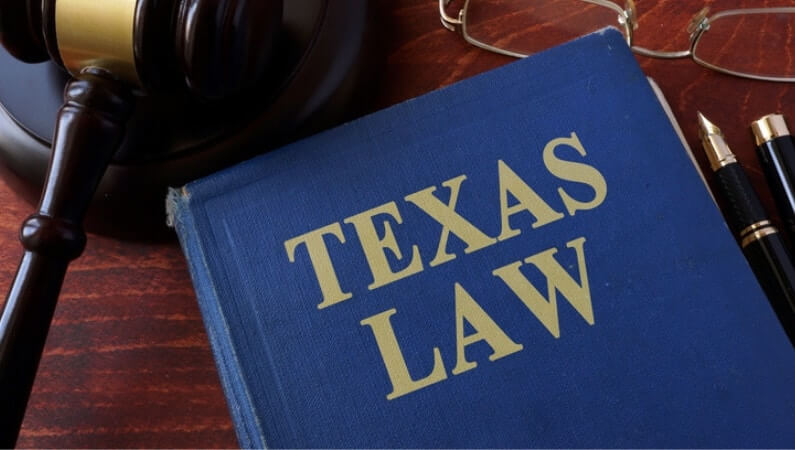Have you noticed all of the absurd warnings that sometimes come on the back of a product? A Halloween costume may tell you that the cape won’t really make you fly, or a coffee cup may warn you to be careful because the contents are hot.
These cautionary labels aren’t printed on products out of the goodness of the manufacturers’ hearts. They are likely there as a result of previous litigation of someone who used the product and got injured. Therein lies the problem.
When you purchase a product, the last thing on your mind is the possibility that it could hurt you or your family. However, it is possible to end up with damages (e.g. medical bills, lost wages from missing work while you recover, pain and suffering, damage to your home or property, and/or death).
The 3 Types of Product Liability Claims in Texas
That said, not all product liability claims are created equal. There are different types of cases, and each requires different elements to prove liability. Specifically, there are three types of product liability actions in the Lone Star state:
1. Design Defects
Proving that there was a design defect is difficult to do. Not only would you have to show by a preponderance of the evidence (this means “more likely than not”) that (a) your injury was caused by a defect in the product design, and (b) that there would have been a safer way to design that same product.
In addition, you would have to prove that the safer design would not impair the utility of the product and that it was technologically and economically feasible for the designer to design it that way.
2. Manufacturer Defects
As the name clearly states, this is a type of defect that arises during the manufacturing stage of the product. This can usually be proven by showing that the manufacturer did not comply with applicable federal safety standards, that those safety standards existed at the time the product was created, and that said breach is what caused the injury.
A way to get around that hurdle is to show that when the manufacturer created the product, it withheld relevant information from the regulatory agency. Another way would be to show that the applicable regulation was not enough to protect consumers from the type of product in question. This could be established through a process called “discovery”, where the parties to a lawsuit present formal requests for documents and/or sworn testimony.
3. Failure to Warn
Sometimes the problem arises from failing to tell customers of possible dangers from using or consuming the product. For example, some over-the-counter medications could cause health issues for people with diabetes or a history of blood clots. Or maybe a specific pair of boots don’t have enough traction to keep you safe when walking on an icy sidewalk.
When a product is placed on the market, the manufacturer has a duty to the consumer to warn them of foreseeable issues with that product. This warning should be placed somewhere obvious (such as the back of a bottle, on an insert within a box, in bold letters in the instructions, or on a label or sticker, etc.) and it must be comprehensible by the average person.
The manufacturer must also research the results of foreseeable uses and warn accordingly. For example, even though a chair is meant for people to sit on, it’s foreseeable that it could also be used to place a heavy object on or to stand on to reach high items. If that chair is prone to collapsing when used for anything other than sitting on, it should have a conspicuous warning informing the consumer of the potential danger.
The key is to warn consumers of what the manufacturer knew or should have known would be a potential danger. Failing to do so could result in legal liability towards the manufacturer.
Product Liability Attorneys in Texas
Product liability cases can be complicated. If you or someone you love has been hurt by a defective product, the experienced attorneys at The Weycer Law Firm can help.
Discuss your case for FREE today by contacting us online or by calling (713) 668-4545.

